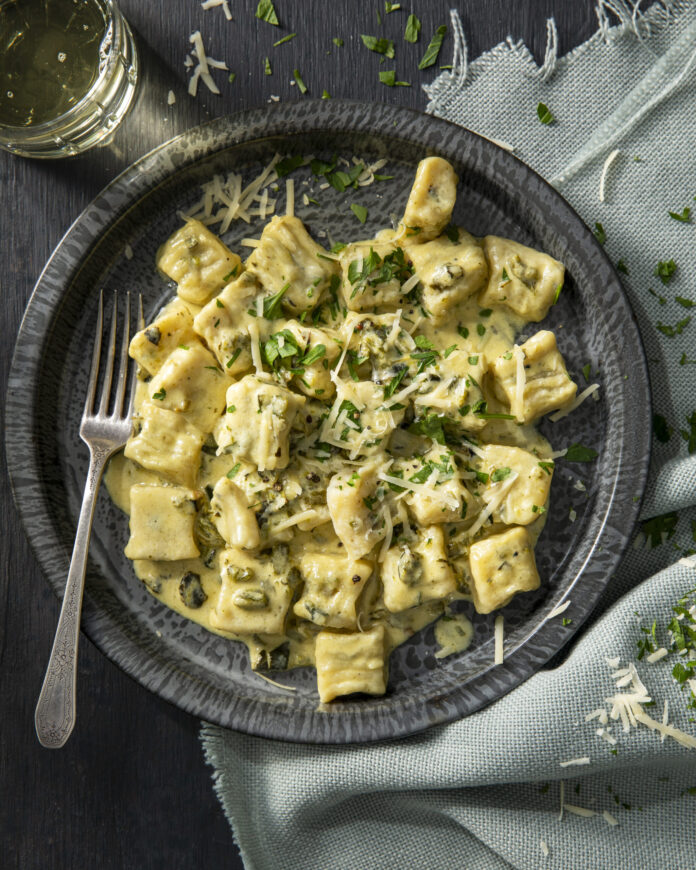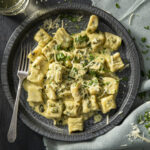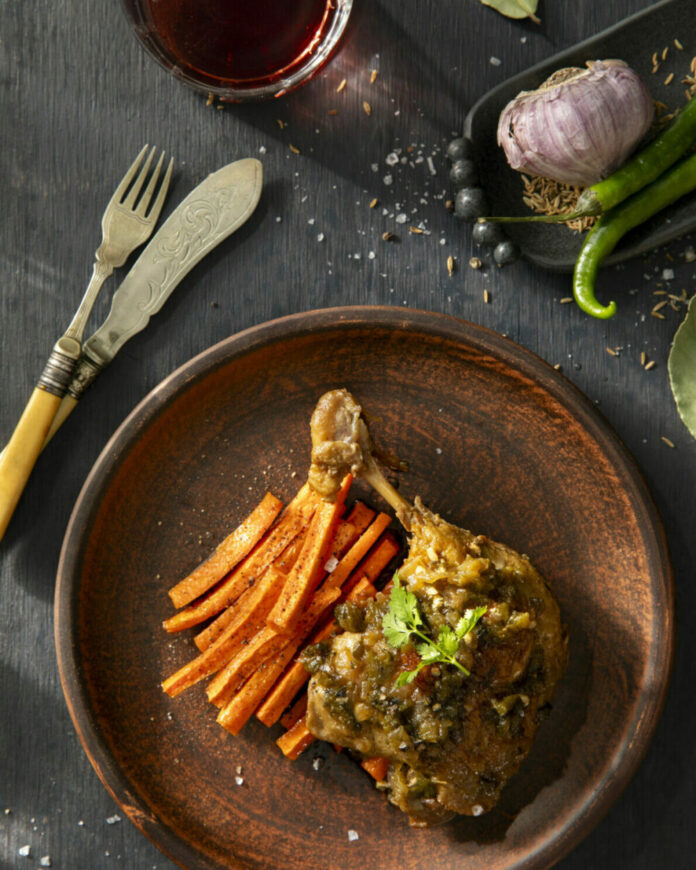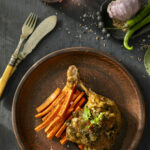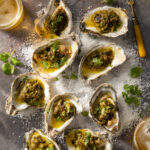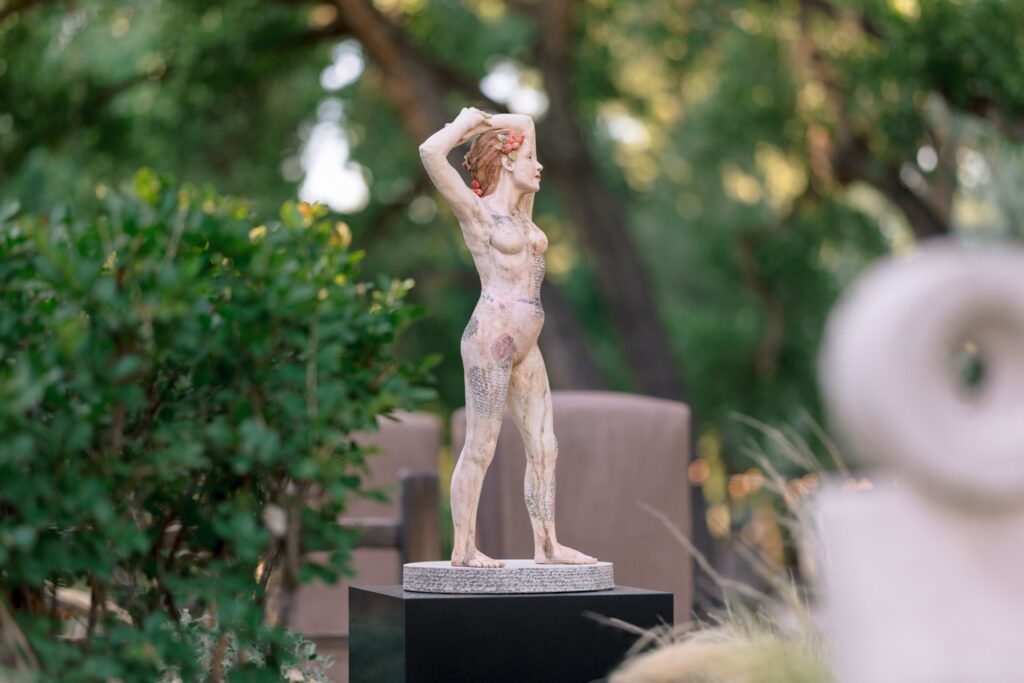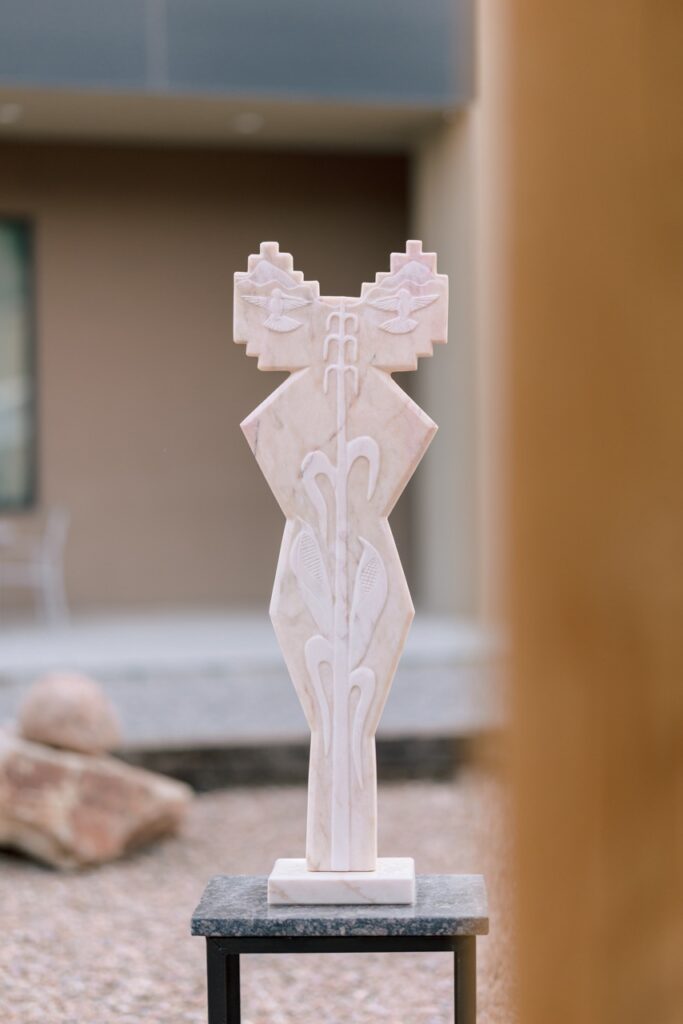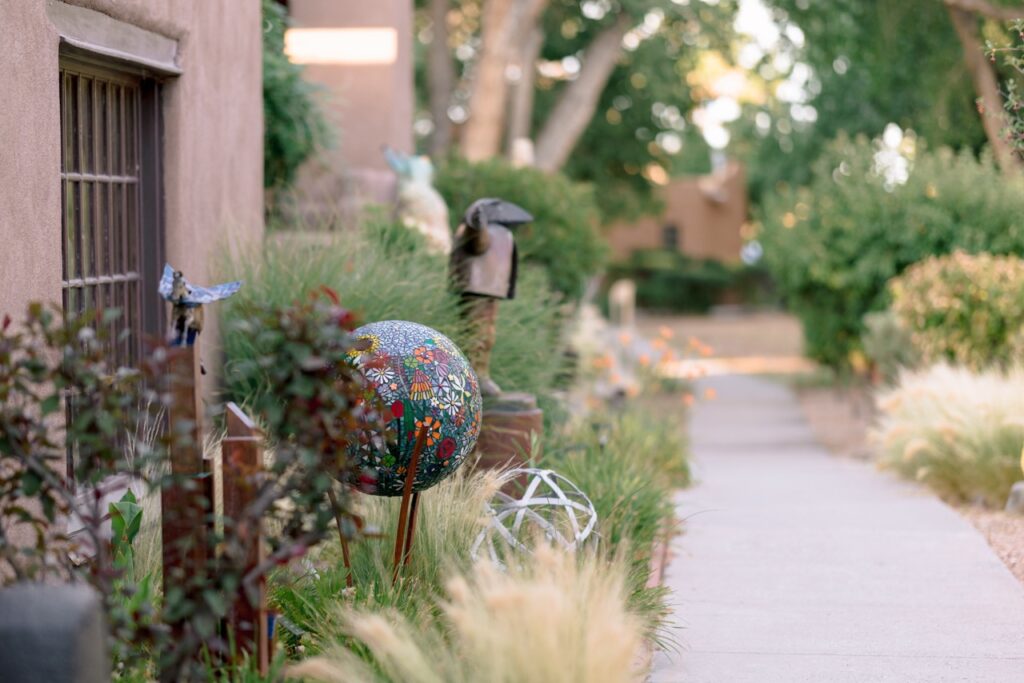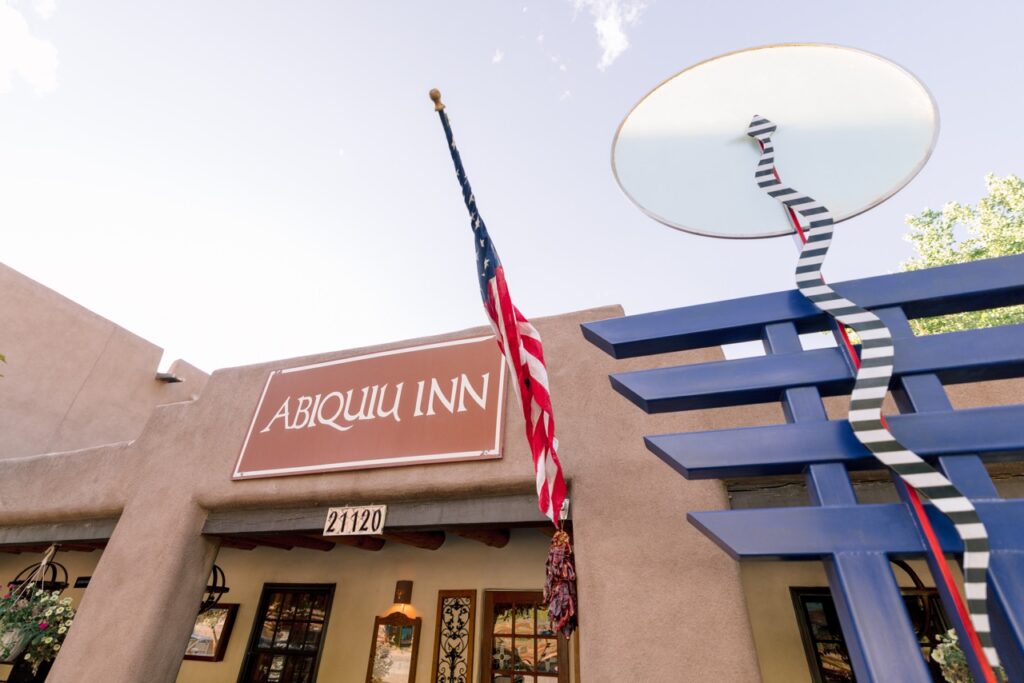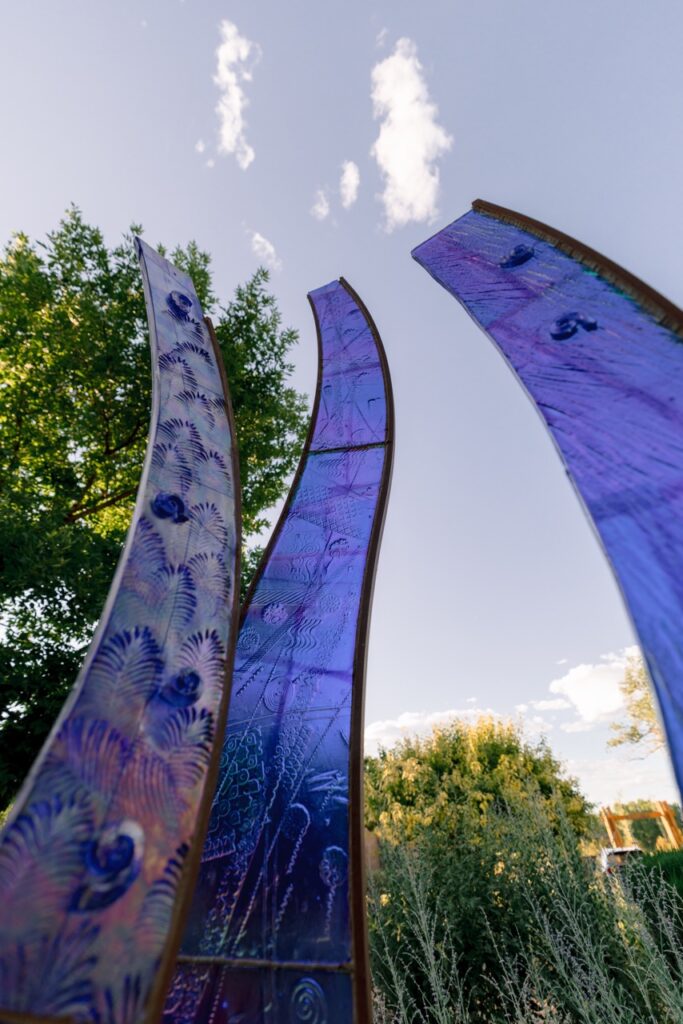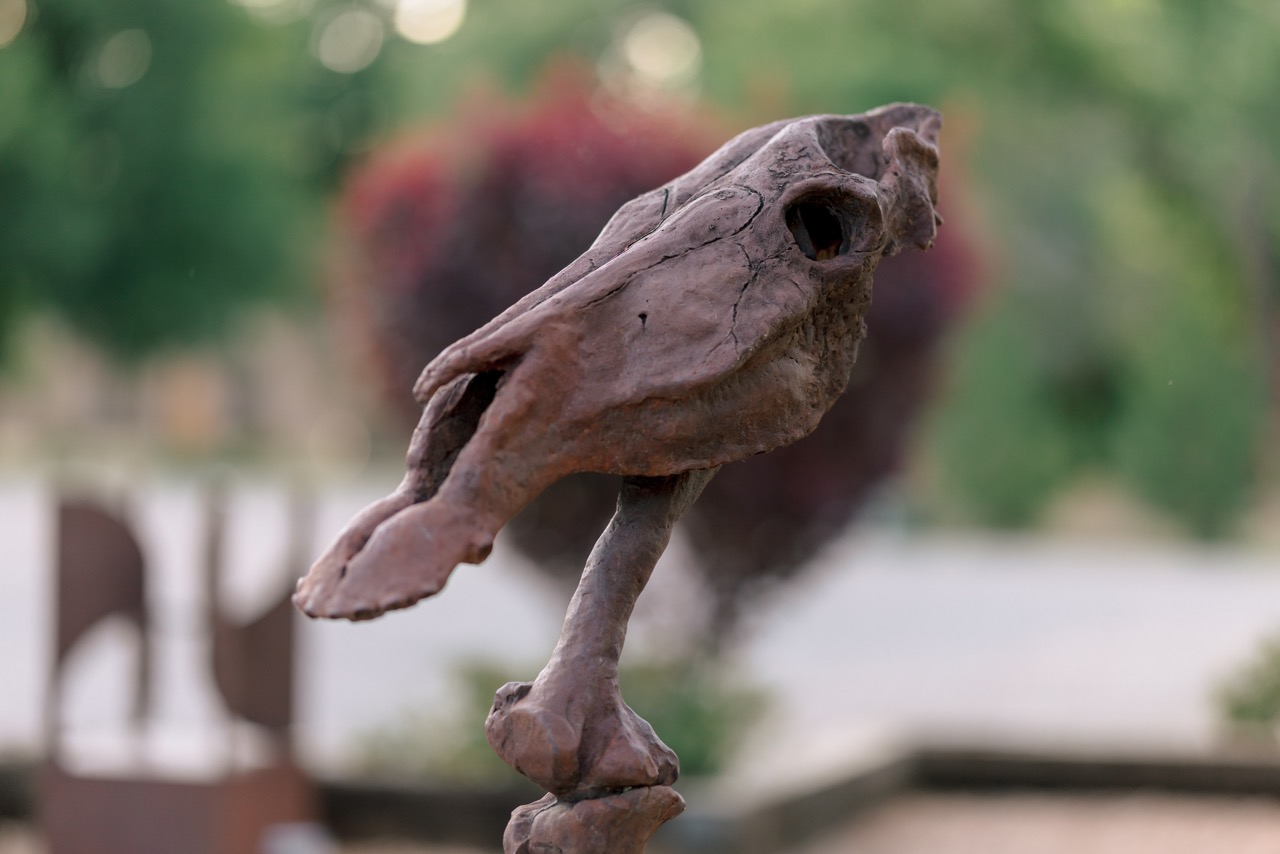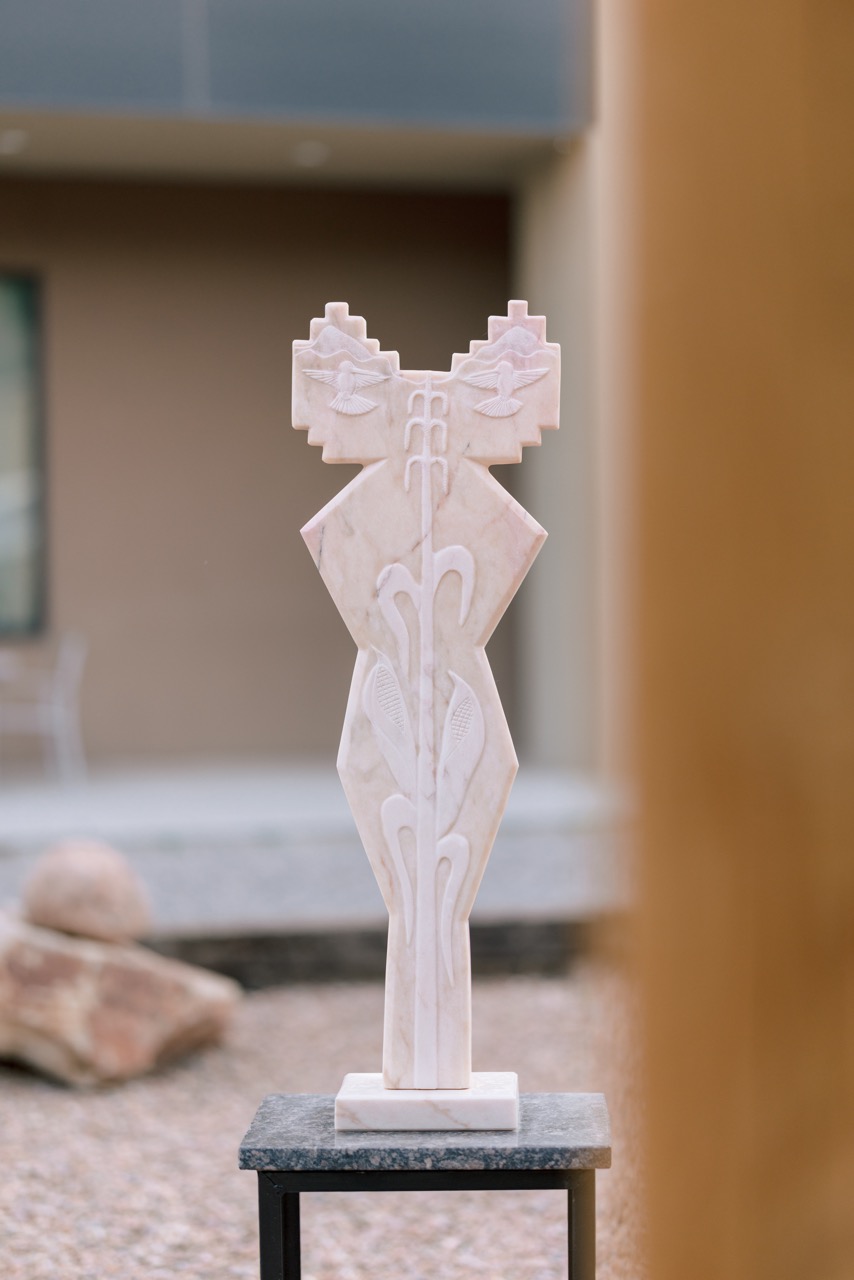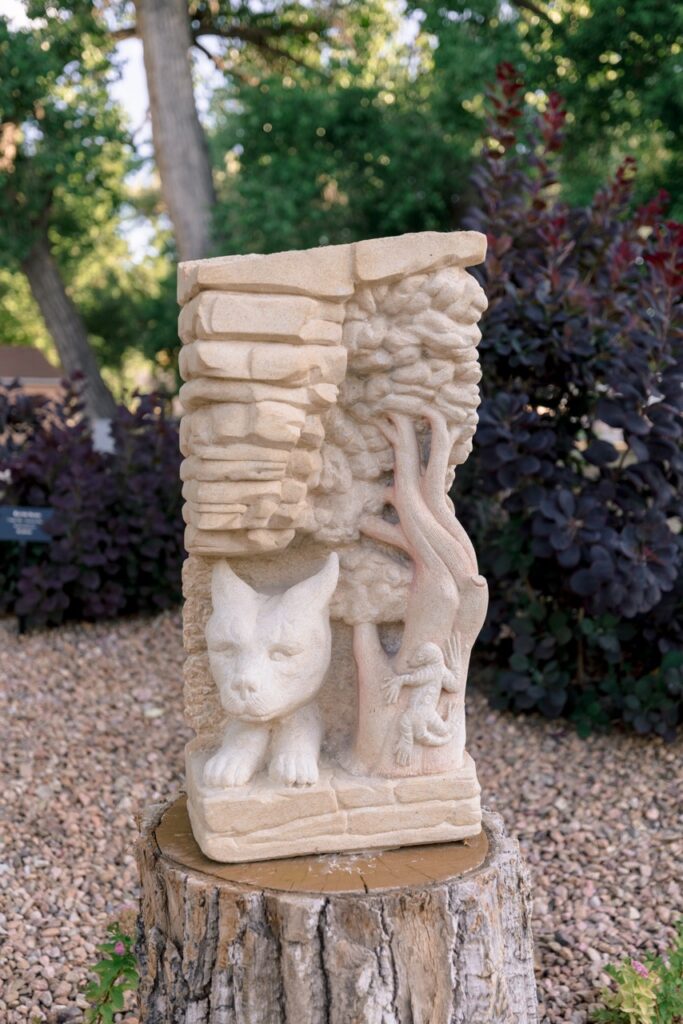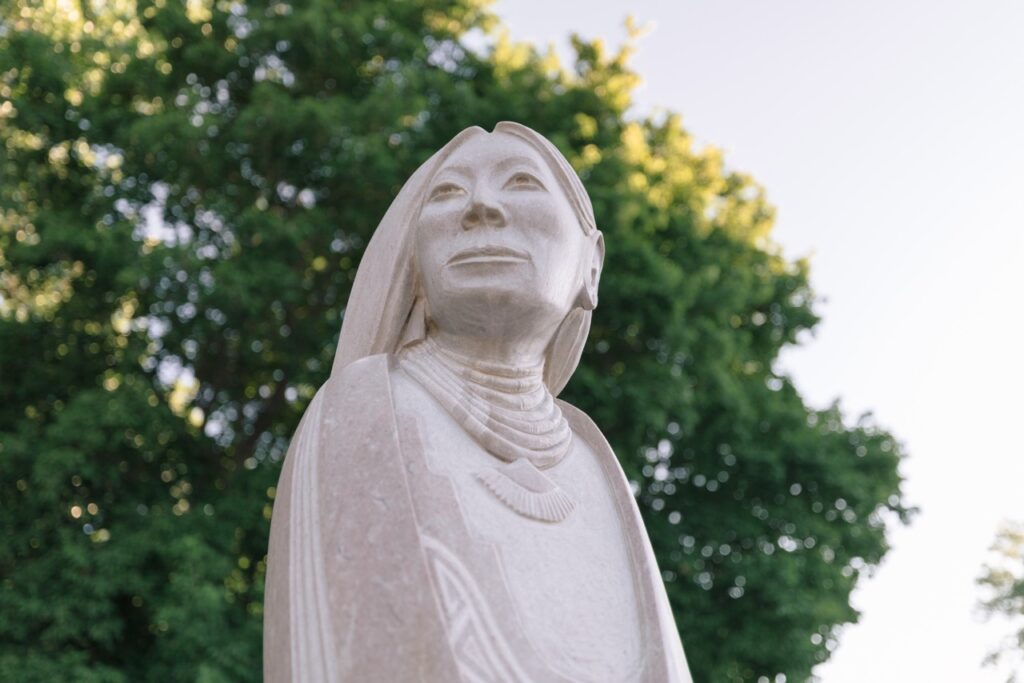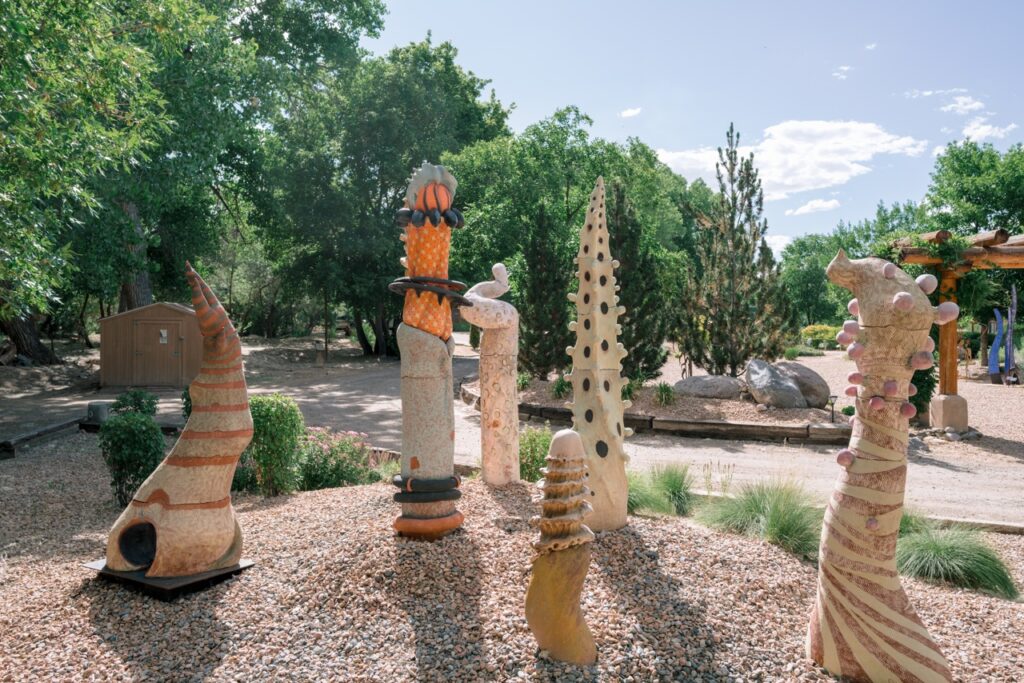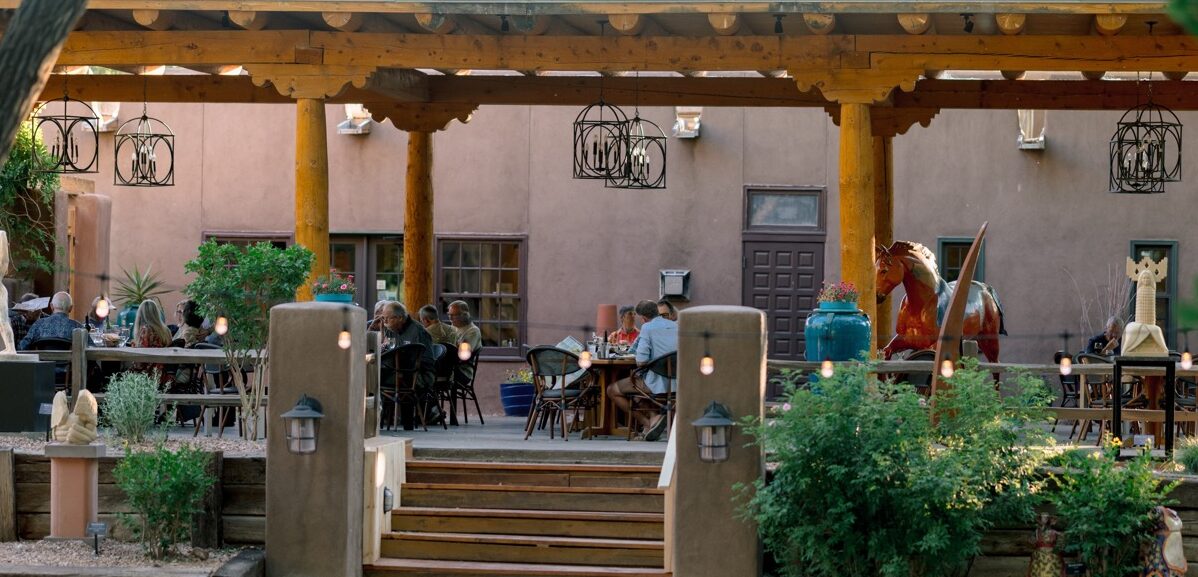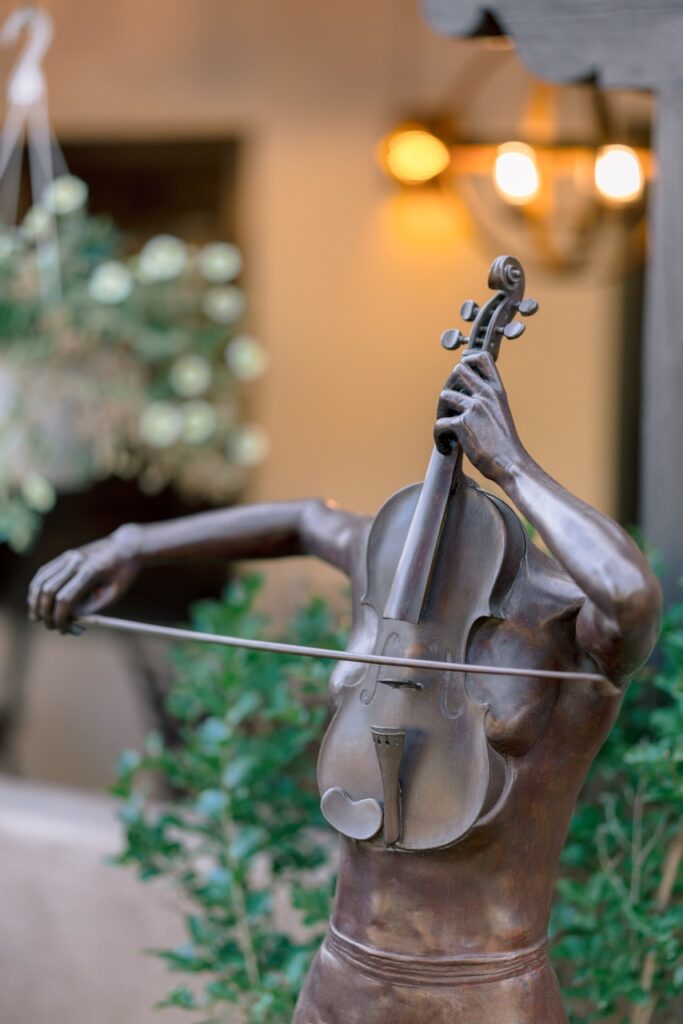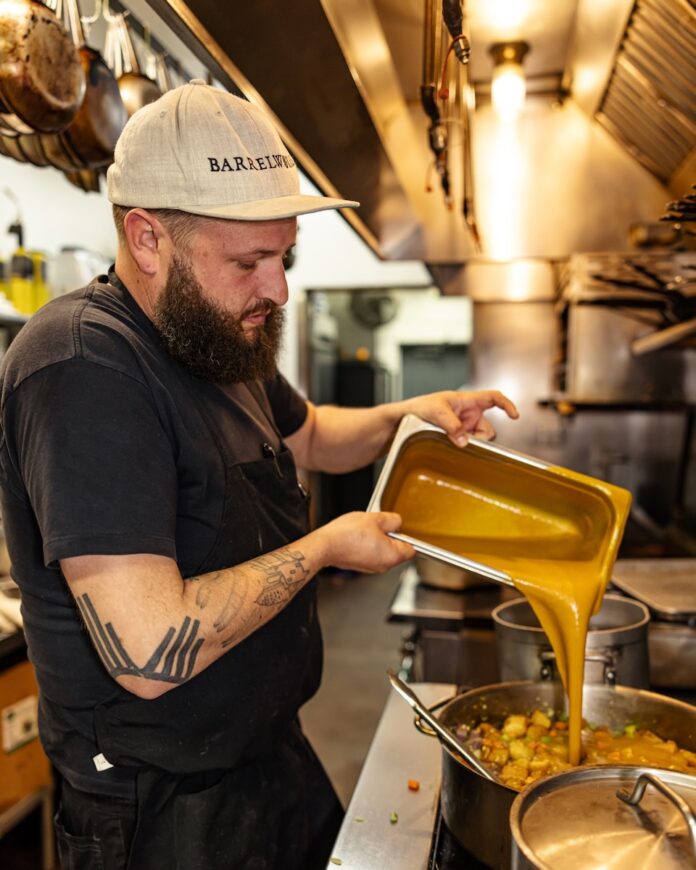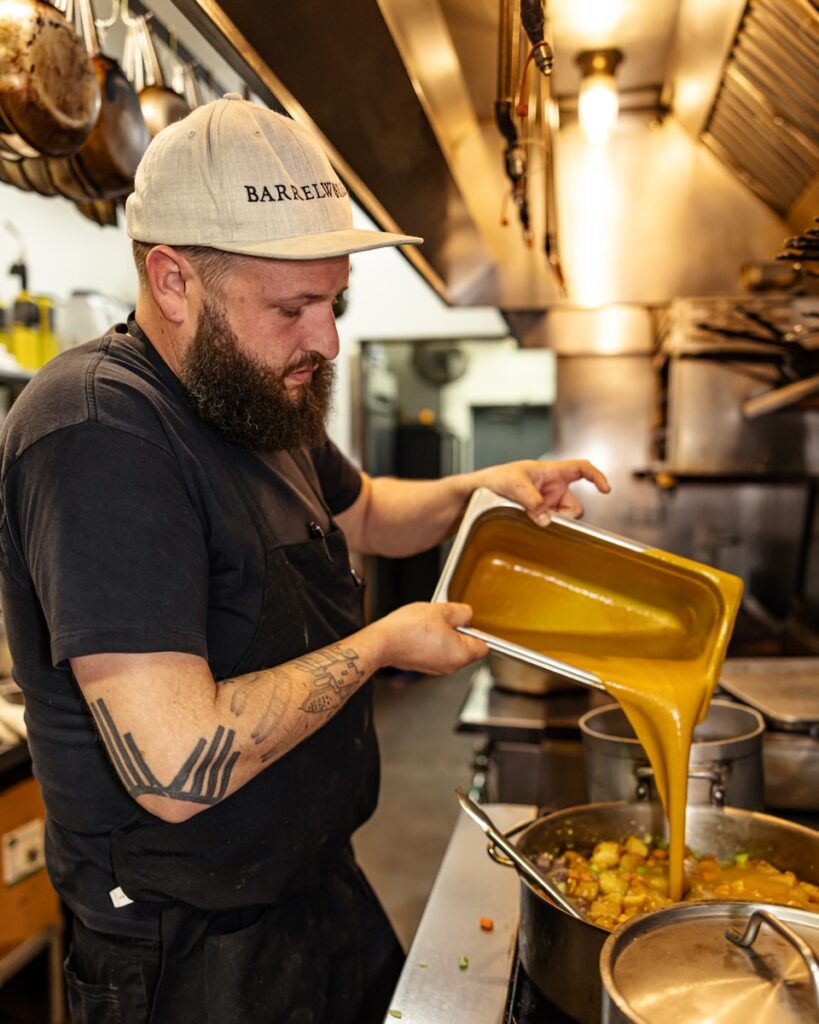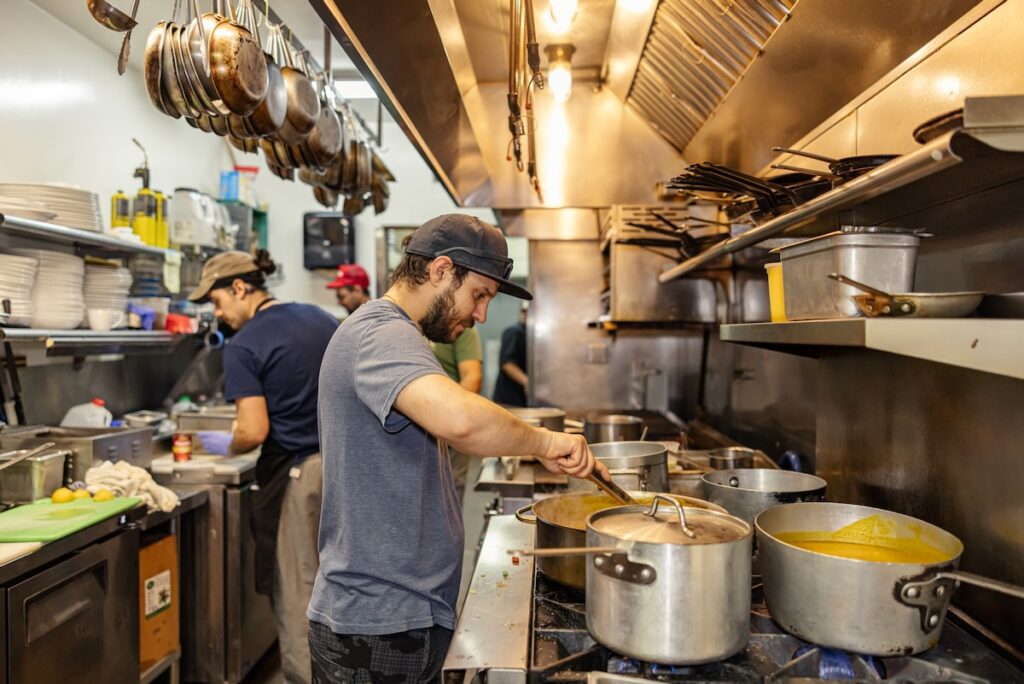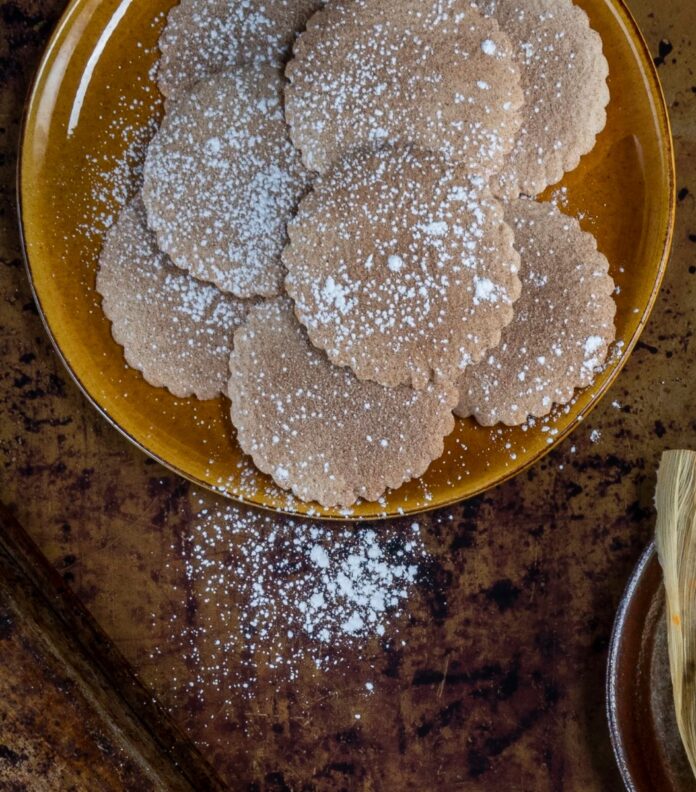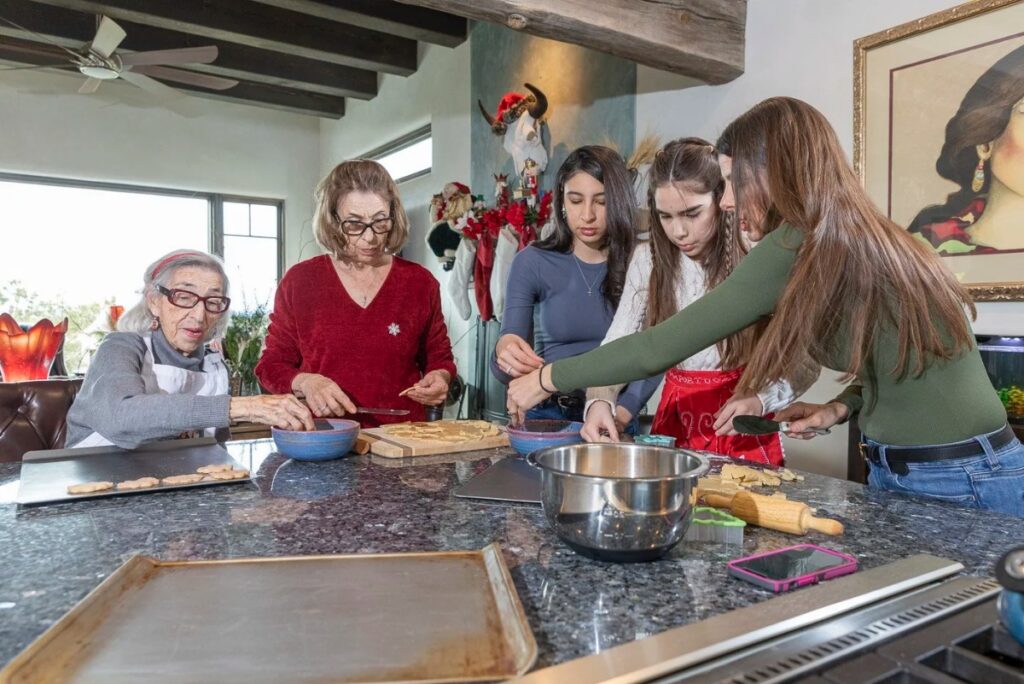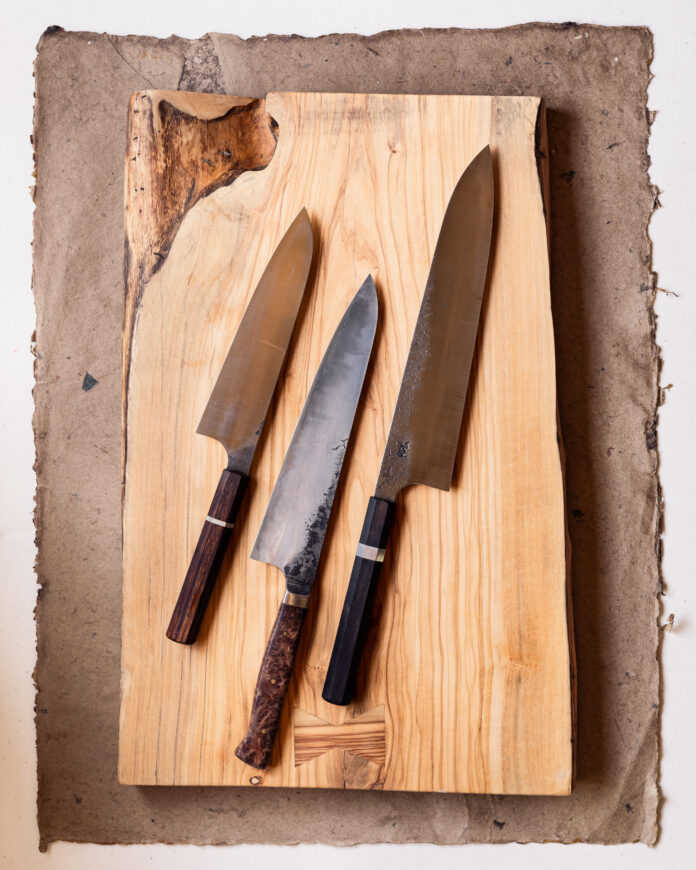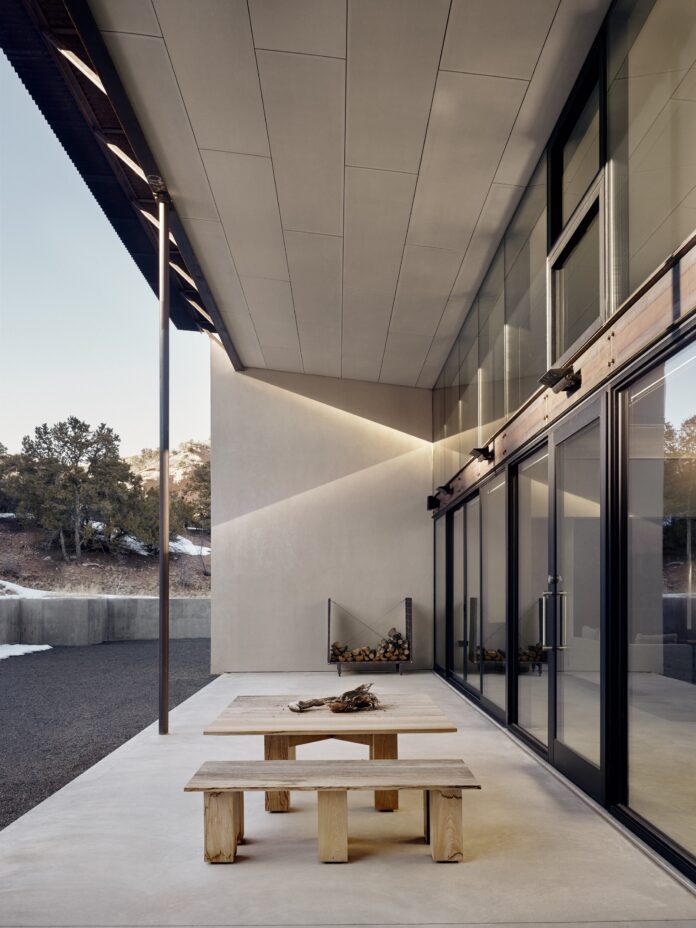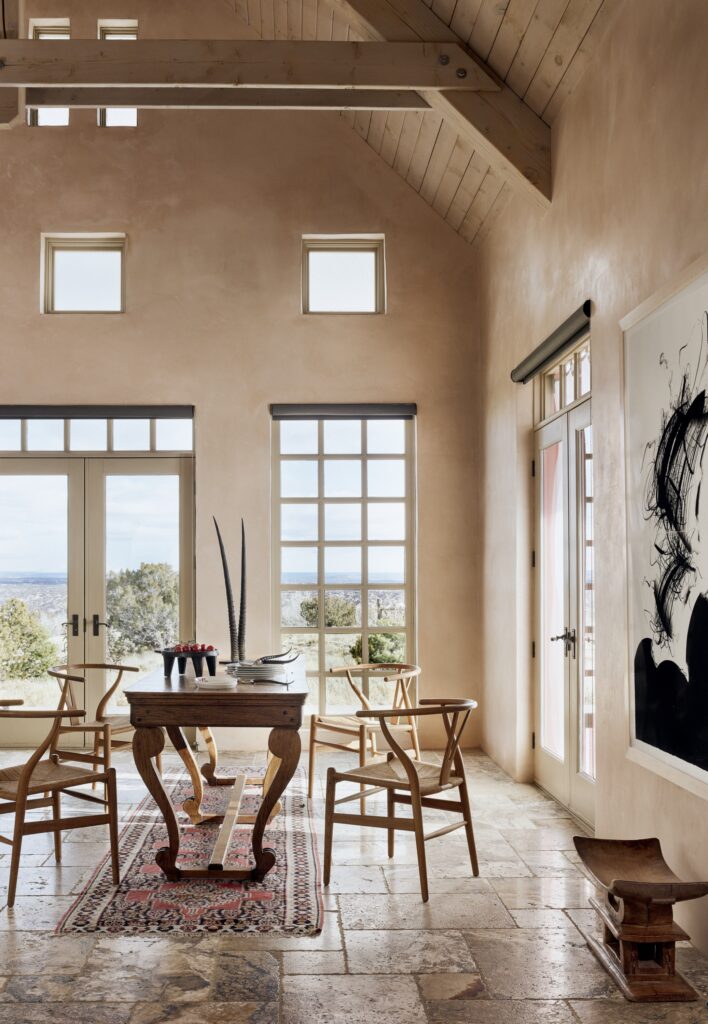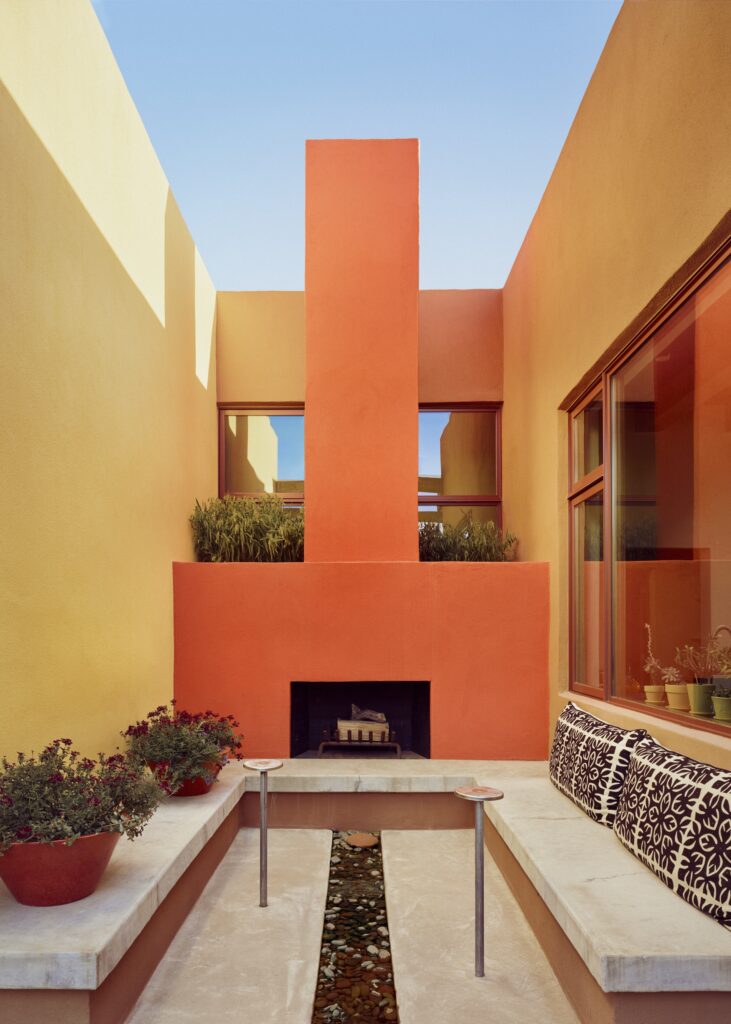There are a number of dishes people think of as classic New Mexican cuisine, but no other quite as distinct as green chile stew because of its seasonal ties to the annual green chile harvest and adjacent autumnal weather dips into subfreezing temps and snow. It’s likely that the chile you use for this recipe will be subtracted from your freezer cache, but that matters little when your entire house is perfumed with perfect sweater-weather comfort.
Tips for Cooking with Green Chile Stew
You can adjust the heat level by mixing milder chiles with hotter ones. Making sure to roast them first means you’re going to get the most out of their flavor potential, so don’t skip that step before you start assembling the stew. Simmer the stew slowly once you have it all together, since that will allow flavors to meld and the meat to become tender. Aim for at least 30 minutes, but longer is often better. And green chile stew is great on its own, but consider serving it with warm tortillas, rice, or cornbread. You can also top it with cheese, sour cream, or avocado for added richness.
Print
Green Chile Stew
Description
Warming and full of green chile, this is your new comfort meal.
Ingredients
- 1.5 lbs green chile
- 2 lbs pork shoulder, cubed
- 2 tbsp vegetable oil
- 1 large onion, chopped
- 2 garlic cloves, minced
- 6 cups chicken broth
- 1 can diced tomatoes
- 3 large potatoes, cubed
- 1 cup dry white wine, room temperature
- 1 tsp Mexican oregano
- 1 tsp cumin
- 3 bay leaves
- 2 tbsp butter
- 2 tbsp flour (optional)
- Pinch of salt
- Pinch of freshly milled pepper
Instructions
- If your green chile is not pre-roasted, it’s best to roast over an open flame, like a BBQ grill, until the skin is blistered and soft. Remove from the grill and place them in a plastic bag to steam for 10 minutes then peel and chop. Placing them in a hot cast iron pan with a little oil and roasting them until the skin is blistered and soft will work too. Once chopped set aside.
- Add vegetable oil to dutch oven. Add cubed pork shoulder with a generous pinch of salt and pepper. Brown the pork evenly over medium to high heat. Remove pork and set aside.
- Lower the heat to medium and add the diced onion, garlic, and butter to the dutch oven. Stir. Add the white wine and scrape the bottom of the dutch oven to integrate all the bits of pork, oil, onion, and wine. Let it simmer on medium heat.
- In a separate bowl, add the flour with a cup of chicken broth and whisk until all clumping is dissolved. Add mixture to dutch oven slowly. Stir continuously until the mixture begins to thicken. Add the remaining broth slowly.
- Please note: it is equally delicious to skip the flour, which is added for body and as a binder of the flavors. A lighter broth or consomme works just as well for a lighter mouthfeel. The potatoes will dissolve and add extra body to the broth. If you skip this step, simply add the broth to the wine mixture.
- Once the liquid is simmering add green chile, pork, cubed potatoes, tomatoes, oregano, cumin, and bay leaves. There should be enough liquid to cover evenly. Add more broth if needed. Simmer covered on low for two hours, minimum, and longer if you wish for a more tender pork and potato bite. Serve warm with a fresh flour tortilla, Salt, and pepper to taste.
Story and Recipe by Gabe Gomez
Subscribe to TABLE Magazine‘s print edition.

